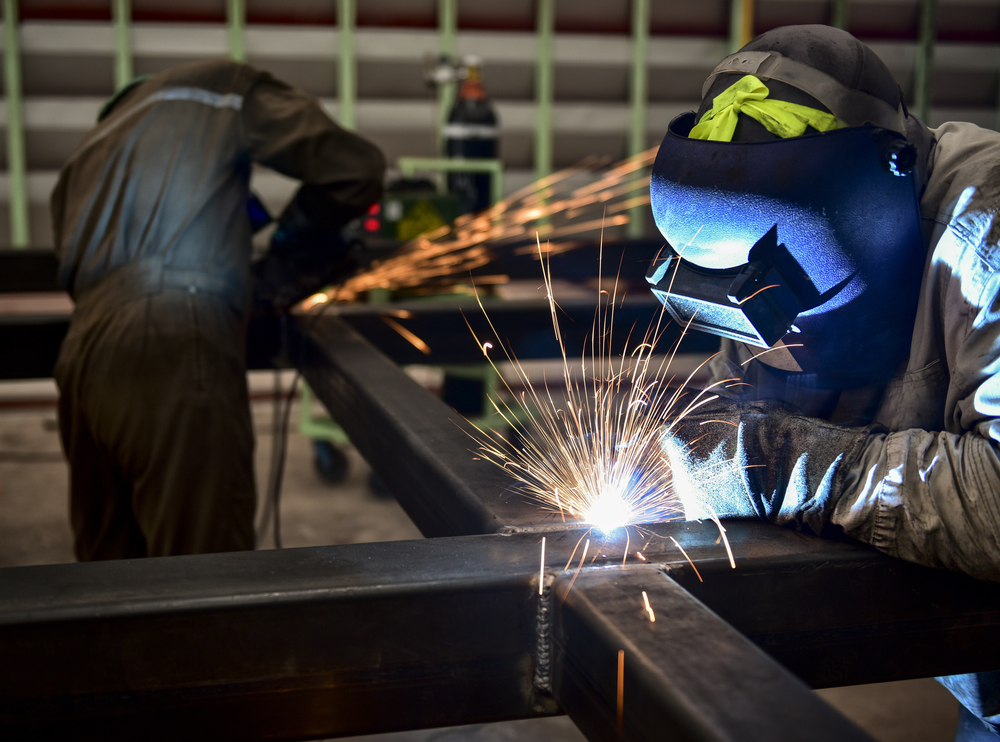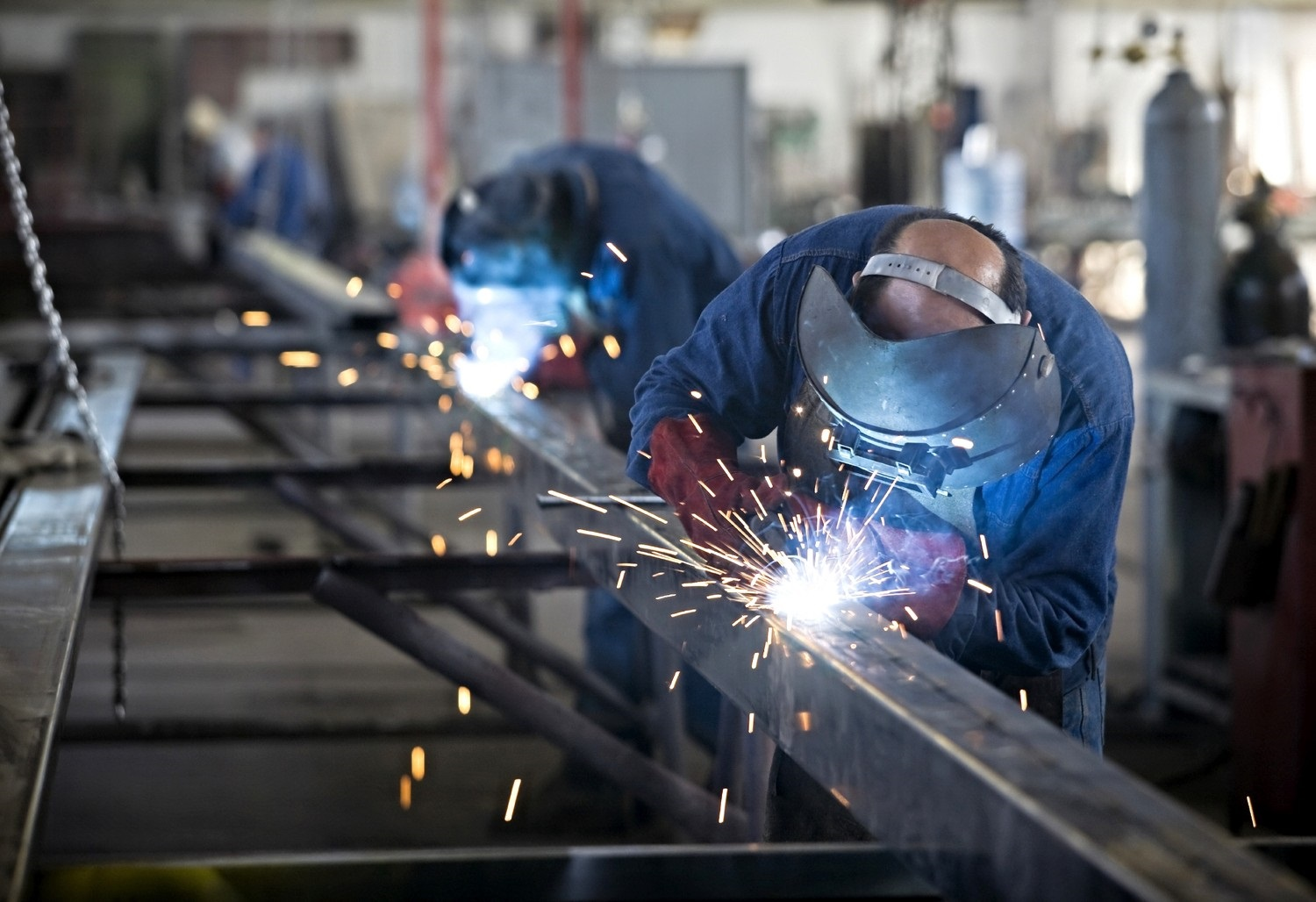How to prevent distortion in Montana Mobile Welding and Repair Welding projects
Typical Welding Repair Service Issues and Exactly How to Address Them Effectively
Welding fixings commonly come across an array of problems that can endanger the honesty of the last product. Typical troubles consist of inadequate penetration, porosity, and misalignment, among others. Each flaw offers unique obstacles that call for particular strategies for resolution. Understanding these problems is necessary for welders aiming to enhance their results and abilities. This discussion will certainly explore these common welding repair work issues and efficient techniques to address them.
Insufficient Infiltration
Inadequate infiltration occurs when the weld steel stops working to completely fuse with the base product, resulting in weak joints and prospective structural failings. This concern commonly stems from insufficient warmth input, wrong electrode angle, or inappropriate welding speed. Welders may encounter poor penetration because of a miscalculation of the essential specifications for a particular product thickness or type. In addition, contamination on the base material's surface area can impede reliable bonding, worsening the trouble. To deal with poor penetration, welders need to guarantee ideal setups on their tools and maintain a clean work surface. Regular inspection of welds is advised to determine any kind of deficiencies early, allowing for prompt adjustments and the avoidance of jeopardized structural stability in bonded assemblies.
Porosity
Porosity is an usual flaw in welded joints that shows up as small gas bubbles caught within the weld steel. This flaw can endanger the integrity of the weld, bring about decreased strength and possible failure under tension. Montana Mobile Welding and Repair. Porosity commonly emerges from contamination, wetness, or inappropriate welding techniques, which permit gases to leave into the liquified weld pool. To resolve porosity, welders must ensure correct surface preparation, preserve a clean functioning atmosphere, and utilize ideal welding parameters. Additionally, picking the best filler product and securing gas can minimize gas entrapment. Regular inspection and testing of welds can assist determine porosity early, assuring prompt corrective activities are taken, therefore maintaining the high quality and dependability of the bonded structure
Imbalance
Misalignment in welding can occur from numerous elements, including improper configuration and thermal expansion. Understanding the source is crucial for reliable resolution. Numerous modification methods are available to realign components and assure structural stability.
Sources of Imbalance
Welding misalignment commonly comes from a selection of underlying issues that can compromise structural stability. One primary cause is inappropriate fit-up of components before welding, which can bring about voids and irregular surfaces. Variants in thermal growth throughout the welding process can additionally result in distortion, particularly if the materials being signed up with have different coefficients of growth. In addition, insufficient clamping and fixturing may fall short to hold parts securely in position, resulting in motion throughout welding. Badly maintained devices, including welding makers and devices, might introduce incongruities in the weld grain, additional contributing to imbalance. Driver error, stemming from not enough training or experience, can also play a significant role in developing misaligned welds.

Improvement Methods Readily Available
Attending to imbalance efficiently requires a mix of rehabilitative strategies tailored to the certain issues available. One usual technique is using jigs or fixtures to hold elements in the right position during welding, making sure regular positioning. Additionally, pre-heating the materials can help in reducing distortion and boost fit-up. For considerable imbalance, mechanical realignment techniques, such as utilizing hydraulic jacks or clamps, can be utilized to fix the setting before welding. Post-weld heat therapy might also be essential to relieve stresses triggered by misalignment. Ultimately, careful inspection and modification during the arrangement phase can avoid imbalance issues from becoming substantial troubles, promoting a smoother welding process and improving general architectural integrity.
Distortion
Distortion is a common challenge in welding that can occur from numerous factors, including unequal heating & cooling. Understanding the reasons of distortion is vital for executing effective prevention methods. Resolving this problem not only enhances architectural stability but also boosts the general high quality of the weld.
Causes of Distortion
When subjected to the extreme warmth of welding, products often undergo changes that can lead to distortion. This phenomenon largely emerges from thermal expansion and tightening throughout the welding procedure. As the weld location warms up, the material broadens; upon air conditioning, it acquires, which can develop internal anxieties. On top of that, irregular heating throughout a work surface can exacerbate these stress and anxieties, resulting in bending or flexing. The kind of product additionally plays a substantial function; metals with differing thermal conductivity and coefficients of growth might react in a different way, causing unforeseeable distortions. Inadequate joint layout and insufficient fixturing can add to misalignment throughout welding, increasing the probability of distortion. Comprehending these causes is important for efficient welding repair and prevention methods.
Avoidance Techniques
Effective prevention methods for distortion throughout welding focus on controlling warmth input and making sure correct joint style. Preserving a consistent heat input assists to decrease thermal growth and tightening, which can cause distortion. Making use of techniques such as preheating the workpiece can likewise lower the temperature slope, advertising uniform home heating. Additionally, picking proper joint layouts, such as T-joints or lap joints, can boost security and lower tension focus. Applying correct fixturing to secure the workpieces in area even more help in preserving placement during the welding process. Lastly, staggered welding series can disperse warmth much more uniformly, protecting against localized distortion. By applying these strategies, welders can greatly reduce the chance of distortion and enhance the overall high quality of their welds.
Fracturing
Cracking is a common concern encountered in welding fixings, typically arising from various aspects such as inappropriate air conditioning prices, material option, or inadequate joint preparation. The event of fractures can substantially compromise the honesty of the weld, bring about prospective failings during procedure. To address this concern, welders need to first analyze the origin causes, making sure that materials work and properly chosen for the certain application. Furthermore, managing the cooling rate during the welding process is necessary; rapid air conditioning can induce stress and lead to cracking. Correct joint design and preparation additionally add to minimizing the risk. Executing these approaches can boost weld high quality and toughness, inevitably lowering the likelihood of splitting in completed weldments.

Incomplete Blend
A significant issue in welding repairs is insufficient combination, which takes place when the weld metal does not sufficiently bond with the kinds of welding base material or previous weld passes - Belgrade Fabrication. This flaw can bring about weaknesses in the joint, possibly jeopardizing the stability of the welded structure. Elements adding to insufficient blend consist of inadequate warmth input, inappropriate welding strategy, and contamination of the surfaces being signed up with. To address this concern efficiently, welders must assure proper pre-weld cleaning and surface area prep work, as well as change their welding parameters to accomplish appropriate penetration and combination. Routine examination during the welding procedure can additionally help recognize insufficient blend early, permitting prompt rehabilitative steps to improve the general high quality you could try these out of the weld
Overheating
While welding repairs can enhance architectural integrity, overheating provides a significant difficulty that can bring about material deterioration. Excessive warm during welding can modify the mechanical residential properties of steels, resulting in reduced strength, raised brittleness, and warping. This sensation is specifically critical in high-stress applications where architectural integrity is extremely important. Determining getting too hot can entail aesthetic evaluations for staining or distortion, as well as checking temperature during the welding process. To mitigate the threats connected with getting too hot, welders need to use suitable techniques, such as managing warmth input, readjusting travel speed, and making use of suitable filler materials. Additionally, carrying out pre- and post-weld warm therapies can help bring back product buildings and boost the general top quality of the repair, guaranteeing lasting performance and security.
Frequently Asked Concerns
What Are the Common Indicators of a Welding Problem?

Just How Can I Examine My Welds for High quality?
To check welds for top quality, one can utilize visual inspections, ultrasonic testing, and radiographic methods. Each strategy guarantees structural stability, determines issues, and verifies adherence to specified requirements, inevitably enhancing the dependability of the bonded joints.
What Safety and security Safety Measures Should I Take While Welding?
When welding, one ought to prioritize safety by putting on appropriate individual safety tools, making certain appropriate ventilation, protecting flammable materials away, preserving a clean work area, and recognizing surroundings to avoid mishaps and injuries.
Can I Repair a Weld Without Redesigning the Entire Joint?
Fixing a weld without redesigning the whole joint is possible, depending upon the damage (Belgrade). Methods such as grinding, including filler material, or using a welding procedure can effectively deal with certain flaws while maintaining the bordering structure
What Tools Are Crucial for Efficient Welding Services?
Necessary tools for effective welding repairs consist of a welding maker, cord brush, grinder, safety equipment, clamps, and filler materials. Each tool plays an essential function in making certain quality and safety and security throughout the fixing process. Porosity usually occurs from contamination, moisture, or improper welding techniques, which allow blog here gases to run away right into the liquified weld pool. Improperly kept equipment, including welding devices and tools, might introduce inconsistencies in the weld grain, further adding to imbalance. When subjected to the intense warmth of welding, materials commonly undergo changes that can lead to distortion. Cracking is an usual problem experienced in welding repair services, frequently resulting from numerous variables such as improper air conditioning rates, material choice, or inadequate joint preparation. A considerable issue in welding repair work is insufficient fusion, which happens when the weld metal does not properly bond with the base product or previous weld passes.